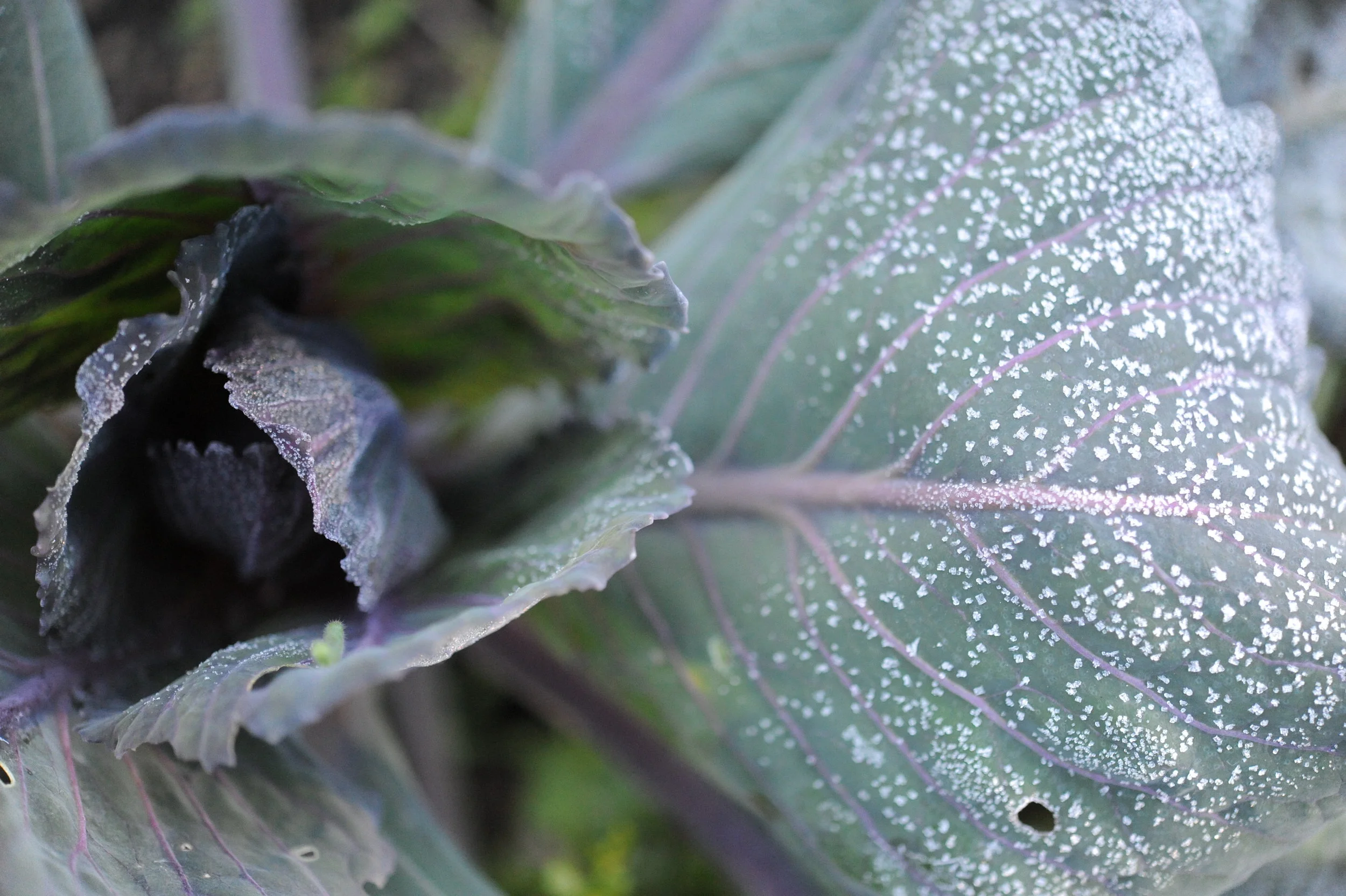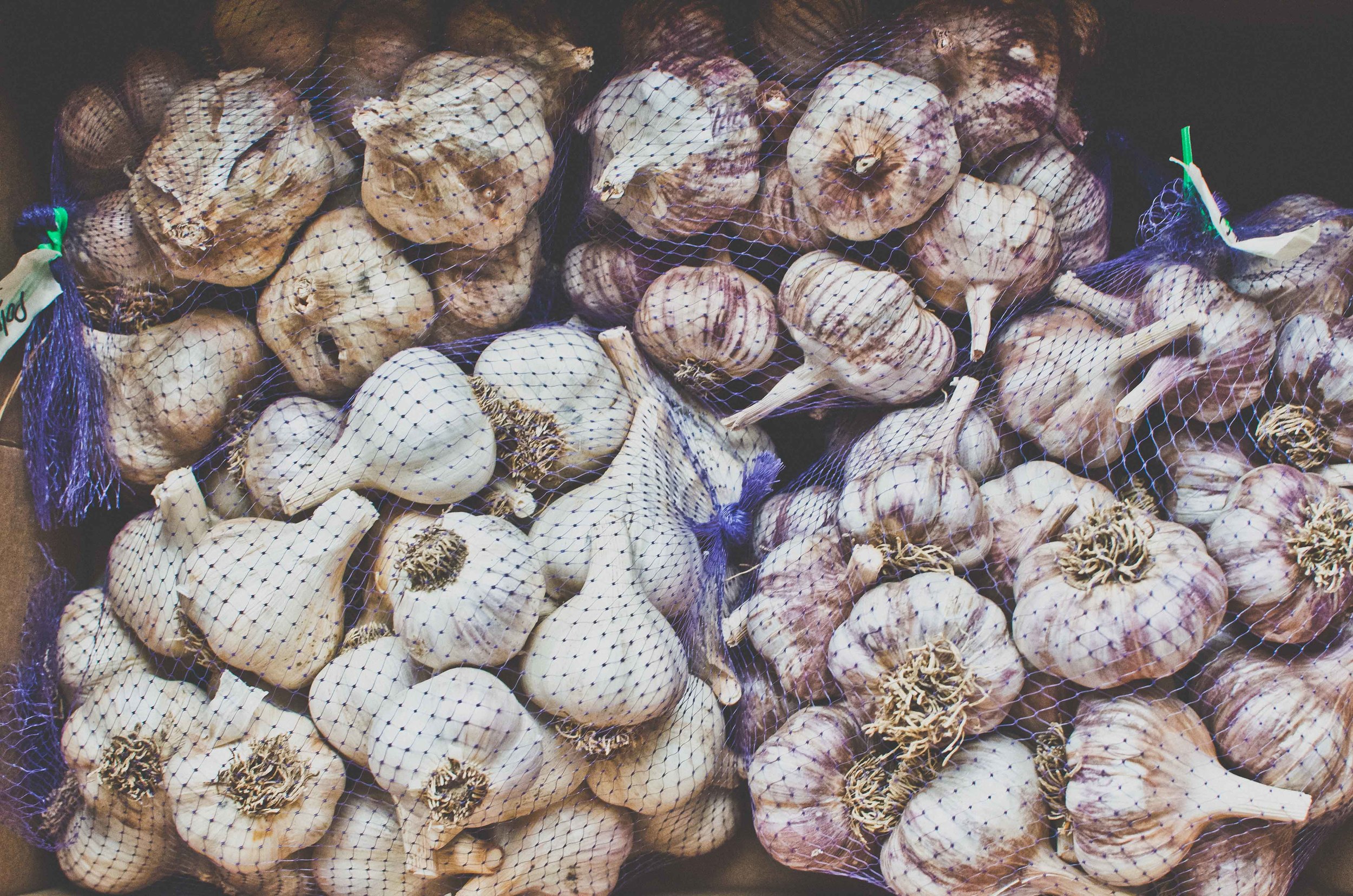It’s the time of year when vegetable transplants (or “starts) begin to show up at nurseries, hardware and grocery stores, and plant sales. Transplants are wonderful for many reasons. First, certain crops are difficult to grow from seed and will simply perform better if transplanted.
Read MoreEncyclopedia Botanica Podcast, Episode 4: Cilantro
Cilantro ready to harvest
This week we will be talking about the herb cilantro. There are so many interesting herbs, that I will revisit the subject in subsequent podcasts, but for now I want to focus on one of my very favorite crops to grow, cilantro.
Read MoreFavorite Tomato Varieties of 2014
Clockwise from top: Green Zebra, Sungold, Stupice, Black Cherry, and Prudens Purple (center)
All photos by: Hilary Dahl
In some climates, tomatoes are endlessly bountiful. Here in the Pacific Northwest, where even in mid-summer temperatures remain moderate, tomatoes can be the most unpredictable and uncertain of crops. Professional growers in our area nearly always grow tomatoes under cover (meaning in a greenhouse or field tunnel), but this isn’t always a feasible option for the small-scale grower or home gardener. Regardless of your tomato management techniques, if you want a prolific and tasty harvest, it helps to start with the right varieties.
Read MoreOverwintering: Crops that can withstand the cold and how to help them thrive
Overwintering usually refers to the practice of leaving cold-hardy, healthy, established crops in the ground in the fall with the expectation that they will provide harvests through the dark and cold months of winter.
Read More2014: Year of the Tomato
Cherokee Purple Heirloom Tomato
Photo by: Hilary Dahl
It turned out 2014 was all about tomatoes! Tomatoes seem to be the crop that excites our clients and gardeners all around Seattle the most. While tomatoes are very easy to grow in many parts of the country, our summers tend to be relatively cool and short. While many Seattle transplants are used to eating fresh tomatoes off of the vine all summer long, it isn’t uncommon that we find ourselves harvesting tons of green tomatoes off dying vines at the end of September.
Read MoreHow to Plant Garlic
Garlic is a member of the Allium family, which also includes onions, scallions, shallots and leeks.
Garlic is a very long season crop. Garlic grows best when planted in the fall because it must “vernalize.” When a crop requires vernalization, it means that it will grow best after prolonged exposure to cold temperatures. In the case of garlic, vernalization initiates the bulbing of the head.
Read More





